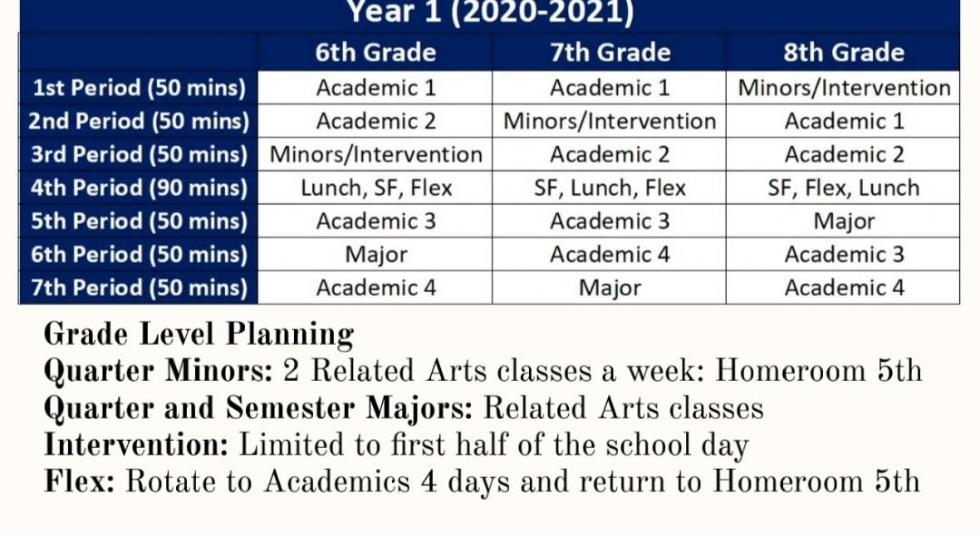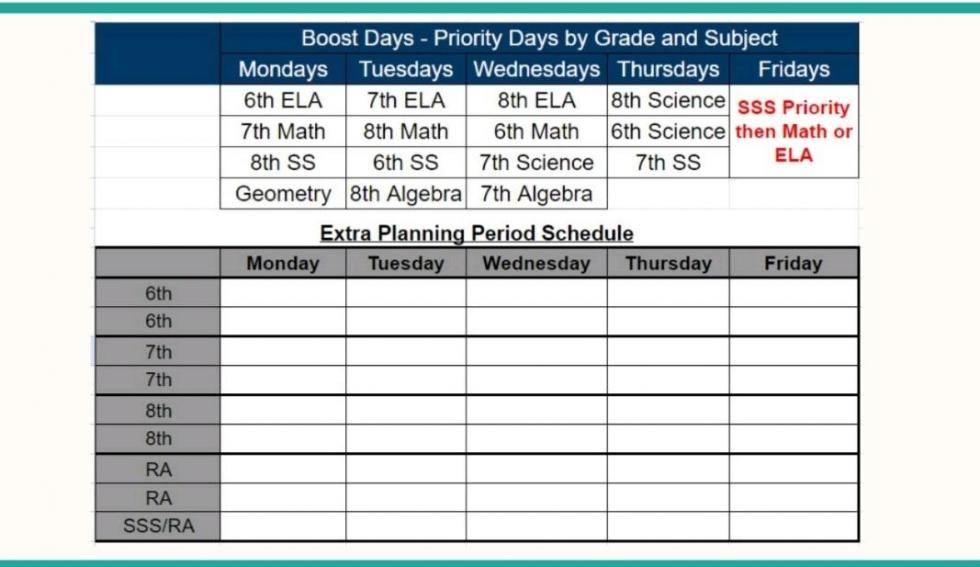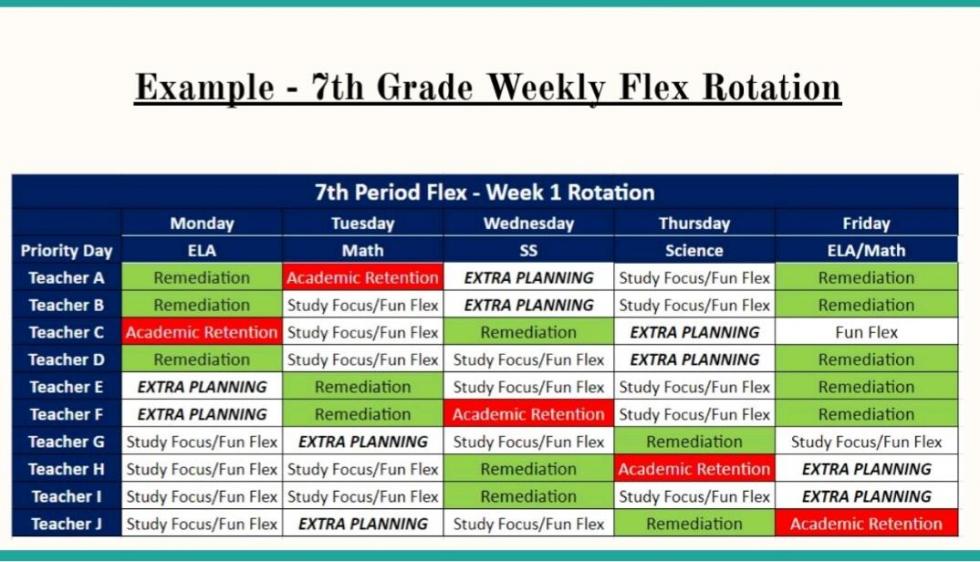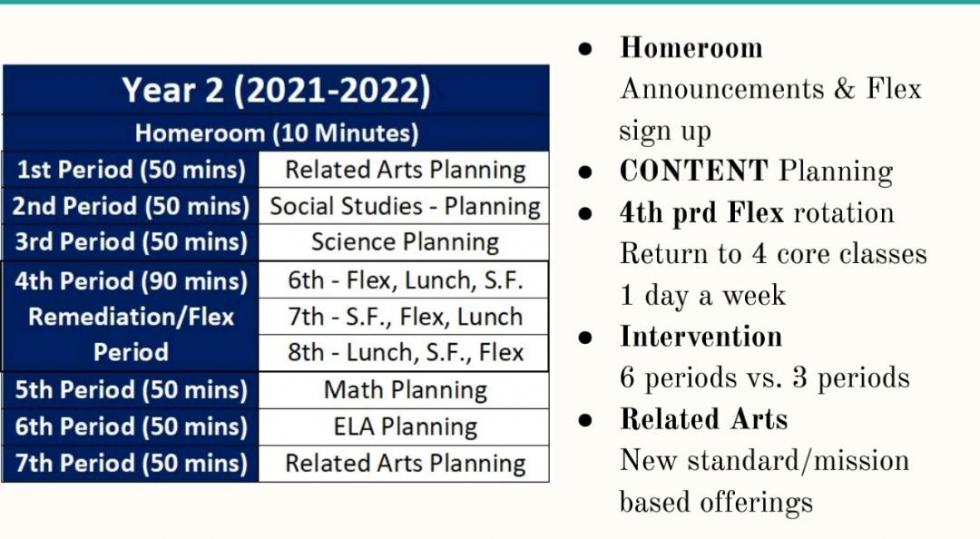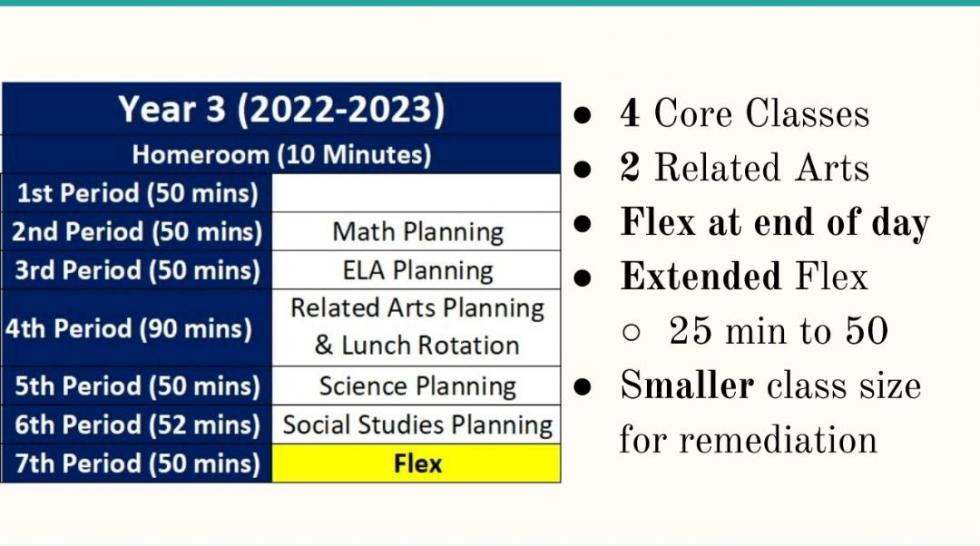Mastering Master Schedules: Insight on Creating a Plan That Actually Works
Prefer to listen? Check out the audio recording of this post instead.
When it comes to creating master schedules that you can actually use in your schools, you want to focus on three different issues:
- Rigor
- Remediation
- Resilience
From the master schedule to student planning, this is a process, though, and it can be difficult to find a system that works for you.
In her session at the 2023 Making Schools Work Conference, Dr. Dawn Poole, the principal at Mill Creek Middle School in Williamson County, Tennessee, gave some great ideas and examples of how to create a master schedule that will work for you and the students at your school.
Background on Mill Creek Middle School
Mill Creek Middle School is a great template to study when working on your master schedule because they have been very successful with their approach. In fact, the school, located near Nashville, received the honor of being part of Tennessee’s highest performing cohort of middle schools.
Part of the way that the school earned this honor was through its scheduling system, which is what the session “Creating a Master Schedule That Facilitates Rigor, Remediation and Resilience” was all about.
Step 1: Creating a Rigorous Schedule
One of the first things that the school does when starting the planning process is focus on creating a rigorous content plan that will give students controlled choices and will help them throughout their school journey.
Start with Content Planning
One of the first things that we discussed in the session was the importance of content planning.
Content planning should be looked at across a range of levels, and it should include both vertical and horizontal planning.
Here are some things to consider when content planning:
- Grade-level planning
- Department planning
- School pathway planning (going from grade to grade or from middle school to high school, for example)
Using Pre-Registration Processes
Once you know what classes you will offer, and how they will help prepare students for the year and for their future, it’s time to start working with students to create their individual schedules.
It’s good to give students choices and help them create a schedule that is right for them.
Simply saying “choose your classes for next year,” though, can lead to students picking courses that may not actually benefit them in the long run. However, creating a pre-registration process allows the student to still have say in their schedule, but it implies a process more grounded in thought and reflection, which can lead to better results.
At Mill Creek, the middle school students are provided choices when they sign up for classes because students should be empowered to take control of their education. However, MCMS offers these choices in a controlled manner. This controlled approach “facilitates forethought and intent while still incorporating student choice,” maintaining the balance between student autonomy and ensuring that their educational needs are met effectively.
Step 2: Work in Time for Remediation
Along with content planning, another thing MCMS focuses on in their scheduling is remediation. The best time to catch a struggling student is early, and this can be done through careful planning.
Priority Days
One thing that the school does to help with this is create priority days. On these days, students are able to get remedial help that is based on specific, grade-level content. Implementing this type of scheduling can lead to smaller class sizes during remediation periods. This enables more focused and effective support for students who require additional assistance.
Flex Period
Along with priority days, MCMS also uses flex time. Each day, teachers have a Flex, which they can manage with Flextime Manager. Students can then sign up for a Flex each morning or a teacher can add a student to their Flex when they see a need.
Students can check the Flex they are in throughout the day, and during this built-in time, they can receive the extra help they need in that content area.
Step 3: Build in Resilience Potential
Some final things that MCMS works to include in their schedules are opportunities for school growth and master schedule resilience.
The Importance of Professional Development
One way to boost teacher efficiency and help with teacher retention is through professional development opportunities. That is why, at MCMS, PLCs matter. In fact, they are built into the master schedule instead of just being something that is done when time permits.
This increases faculty growth potential, but it also leads to better learning environments for students, which helps them grow too.
Review and Revision
The other part of the growth process relates to the schedule process itself. Regularly reviewing and reflecting on the school schedule at the end of each year is essential. It allows for adjustments and improvements, ensuring that the schedule remains effective and responsive to changing needs.
This is why MCMS’s administrative team and building leadership team take time at the end of each school year to “evaluate what, if any, changes are needed for the upcoming school year.”
Final Thoughts
Creating a master schedule can be time consuming, but it is a necessary part of the education process. Using the tips from Dawn Poole’s session, you can make sure your master schedule is rigorous, includes time for remediation and is resilient.
For more ideas on the world of education, sign up for our Promising Practices newsletter.
Subscribe to Promising Practices



